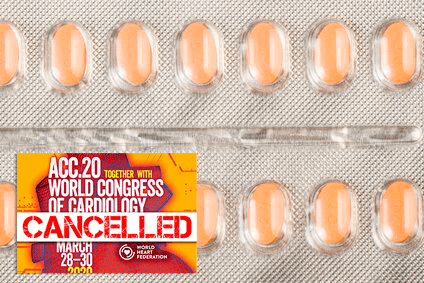Oral apixaban resulted non-inferior to subcutaneous dalteparin in the treatment of venous thromboembolism associated to cancer with no increase in major bleeding.

The most recent guidelines recommend the use of edoxaban or rivaroxaban for the treatment of venous thromboembolism associated to cancer. However, the evidence of new anticoagulants in this context is limited and the greatest concern is bleeding increase.
The CARAVAGGIO randomized over 1100 consecutive patients consecutive patients with cancer who had symptomatic or incidental acute proximal deep-vein thrombosis or pulmonary embolism to receiving apixaban (10 mg twice a day for a week and 5 mg a day thereafter) vs subcutaneous dalteparin (200 UI/kg once a day for the first month followed by 150 UI/kg a day). The treatment was administered for 6 months.
Recurrent thromboembolism (primary efficacy end point) occurred in 5.6% of patients in the apixaban group vs 7.9% in the dalteparin group (p<0.001 for non-inferiority).
Major bleeding happened in 3.8% of patients in the apixaban group vs 4% in the dalteparin group (p=0.6).
Conclusion
Oral apixaban resulted non-inferior to subcutaneous dalteparin in the treatment of venous thromboembolism associated to cancer with no increase in major bleeding risk.
caravaggio
Original Title: Apixaban for the Treatment of Venous Thromboembolism Associated with Cancer.
Reference: Giancarlo Agnelli et al. NEJM online before print y presentado en forma virtual en el ACC 2020.
Subscribe to our weekly newsletter
Get the latest scientific articles on interventional cardiology
We are interested in your opinion. Please, leave your comments, thoughts, questions, etc., below. They will be most welcome.





